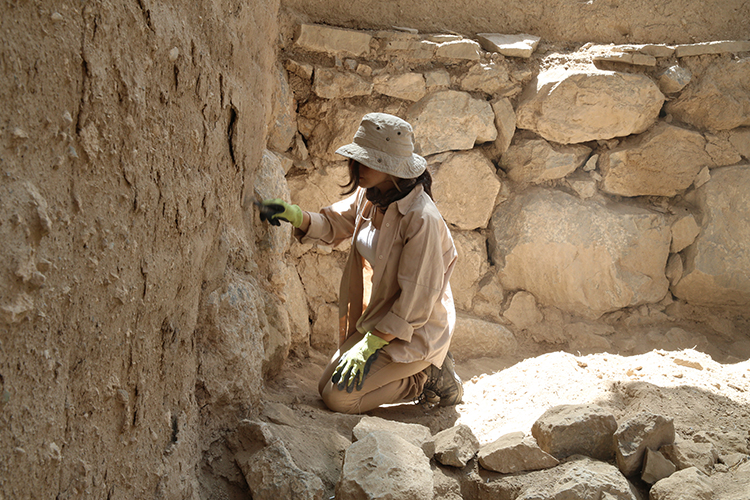
Archaeologists Uncover Striking New Findings at the Royal Temple of Haldi in Ayanis Fortress
With special permission from the Turkish Ministry of Culture and Tourism, excavations continue at Ayanis Fortress, one of the most monumental and well-preserved structures of the Urartian Kingdom. The ongoing work focuses on the Royal Temple complex dedicated to Haldi — the supreme deity of the Urartians — where remarkable new findings are being brought to light.
Constructed by King Rusa II of Urartu atop a strategic hill overlooking Lake Van in the eastern district of Tuşba, Ayanis Fortress is known for its elaborate decorations, mudbrick walls, and sophisticated stone masonry. This season, archaeologists have uncovered additional rooms, architectural elements, and ritual objects within the sacred temple complex.
Led by Professor Dr. Mehmet Işıklı of Atatürk University’s Department of Archaeology, a multidisciplinary team of 25 experts — including anthropologists, archaeologists, urban planners, art historians, and restorers — is working intensively in the northern chambers of the temple.
Last year, the team discovered three bronze shields and a bronze helmet believed to be offerings to Haldi and used by the Urartian elite. This year, two monumental doorways, ceramic fragments, and a large clay bathtub-like structure have been unearthed in the same area.
📣 Our WhatsApp channel is now LIVE! Stay up-to-date with the latest news and updates, just click here to follow us on WhatsApp and never miss a thing!!
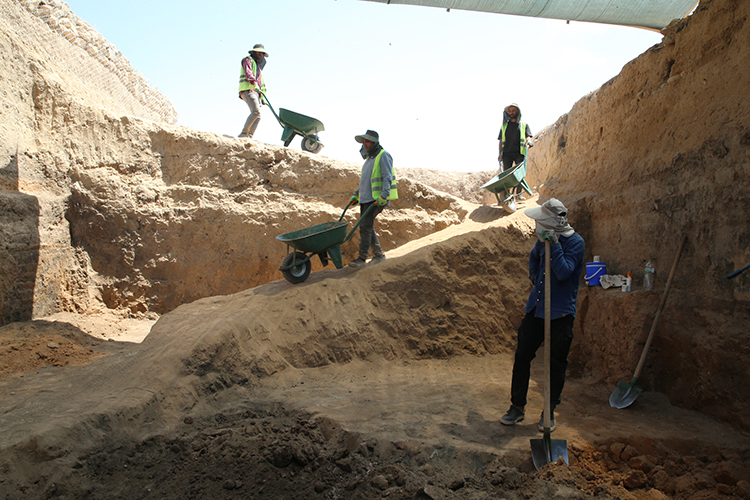
Royal Architecture and a Burned Skeleton Raise New Questions
In a press statement, Prof. Dr. Işıklı emphasized that the Temple of Haldi is the centerpiece of Ayanis Fortress and one of the crown jewels of Anatolian archaeology:
“For the past four years, we’ve concentrated all our efforts on the temple’s northern section. Its architectural scale and symbolism make it one of the most important religious structures of the Urartian world,” he said.
Excavations revealed interconnected chambers with 3-meter-thick mudbrick walls and a three-story layout — rare architectural features that highlight the Urartians’ mastery of topography and construction. Perhaps most astonishingly, the team uncovered the charred remains of a human skeleton alongside burnt wooden materials, iron and bronze objects, inscribed documents, seals, and ritual vessels.
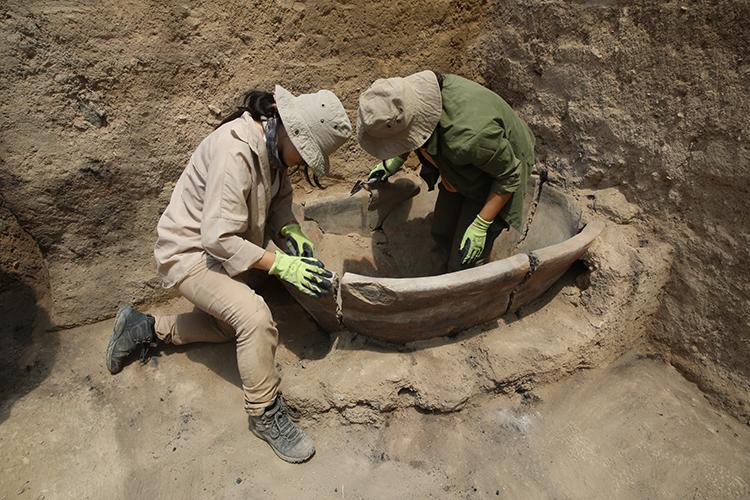
These finds point to a possible fire-induced collapse and suggest the chambers were used for ceremonial or royal purposes. The large clay bathtub may have served a ritualistic or storage function, but further analysis is needed to determine its exact use.
A Window into Urartian Religious and Political Power
After 36 uninterrupted years of excavation, the Ayanis team hopes to fully uncover and preserve the temple complex for eventual public visitation.
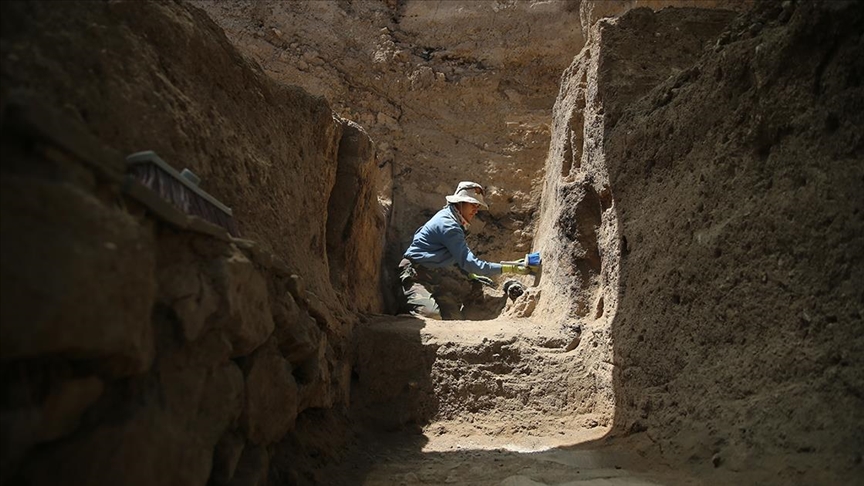
“Our ultimate goal is to protect and share this heritage with future generations,” said Prof. Dr. Işıklı. “Every layer, every object, tells a story that expands our understanding of Urartian civilization.”
As the season progresses, further investigation into the temple’s structural complexity, the cause of the fire, and the identity of the burned individual may offer new insights into the last chapters of the Urartian Kingdom — and its most sacred spaces.
You may also like
- A 1700-year-old statue of Pan unearthed during the excavations at Polyeuktos in İstanbul
- The granary was found in the ancient city of Sebaste, founded by the first Roman emperor Augustus
- Donalar Kale Kapı Rock Tomb or Donalar Rock Tomb
- Theater emerges as works continue in ancient city of Perinthos
- Urartian King Argishti’s bronze shield revealed the name of an unknown country
- The religious center of Lycia, the ancient city of Letoon
- Who were the Luwians?
- A new study brings a fresh perspective on the Anatolian origin of the Indo-European languages
- Perhaps the oldest thermal treatment center in the world, which has been in continuous use for 2000 years -Basilica Therma Roman Bath or King’s Daughter-
- The largest synagogue of the ancient world, located in the ancient city of Sardis, is being restored

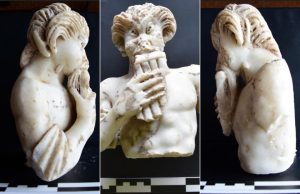
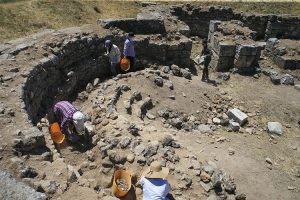
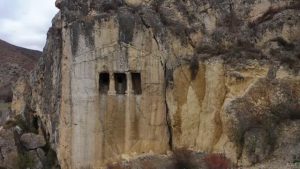
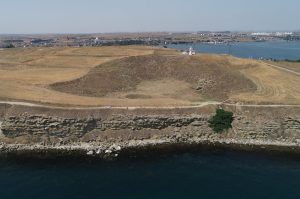
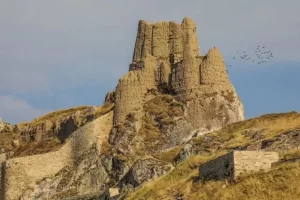
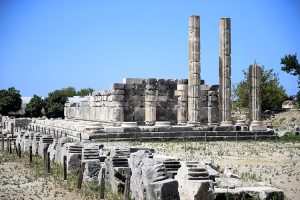
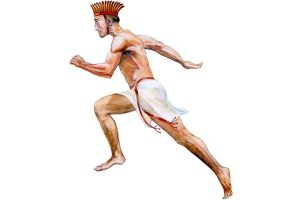

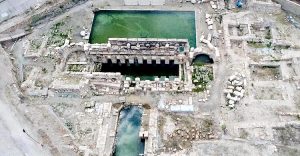
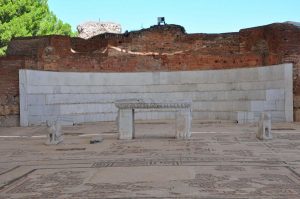
Leave a Reply